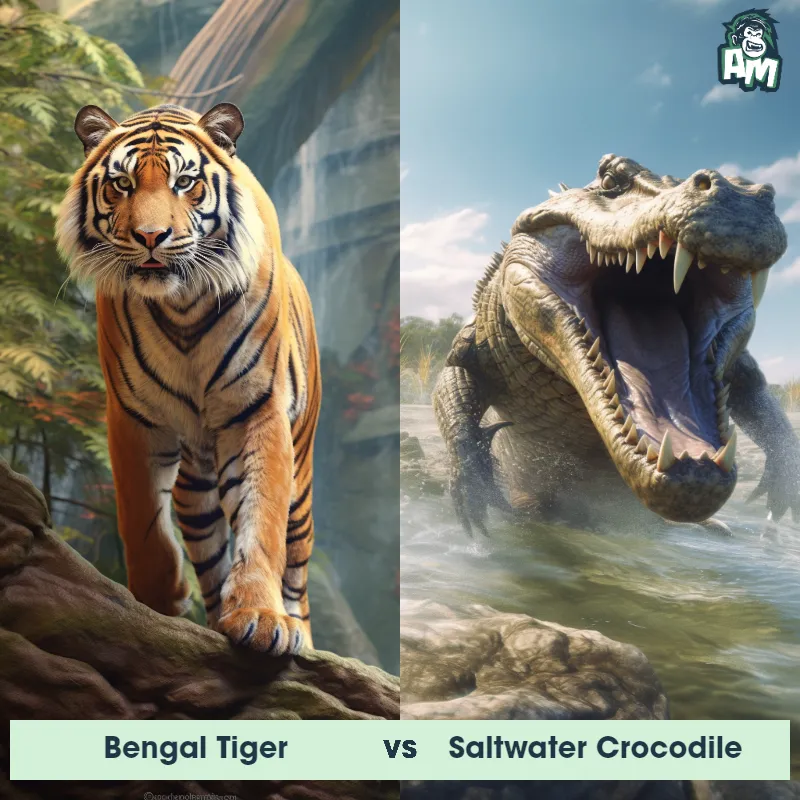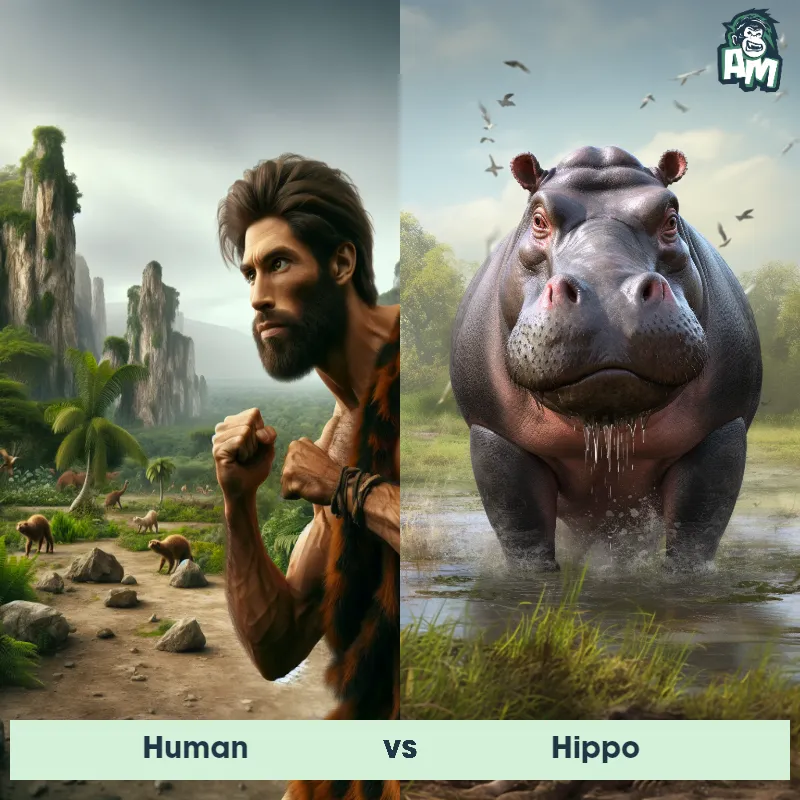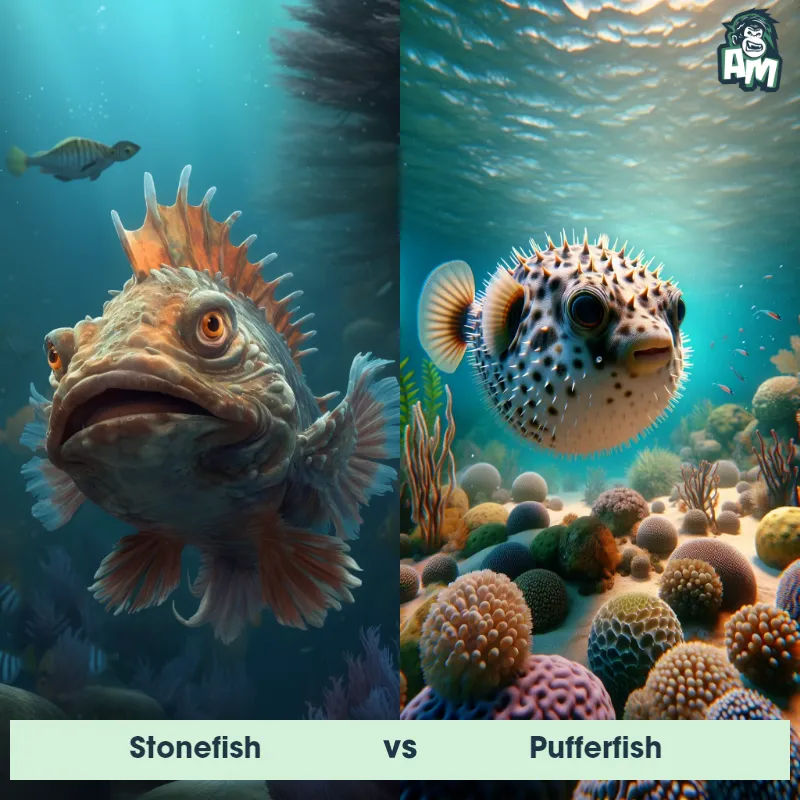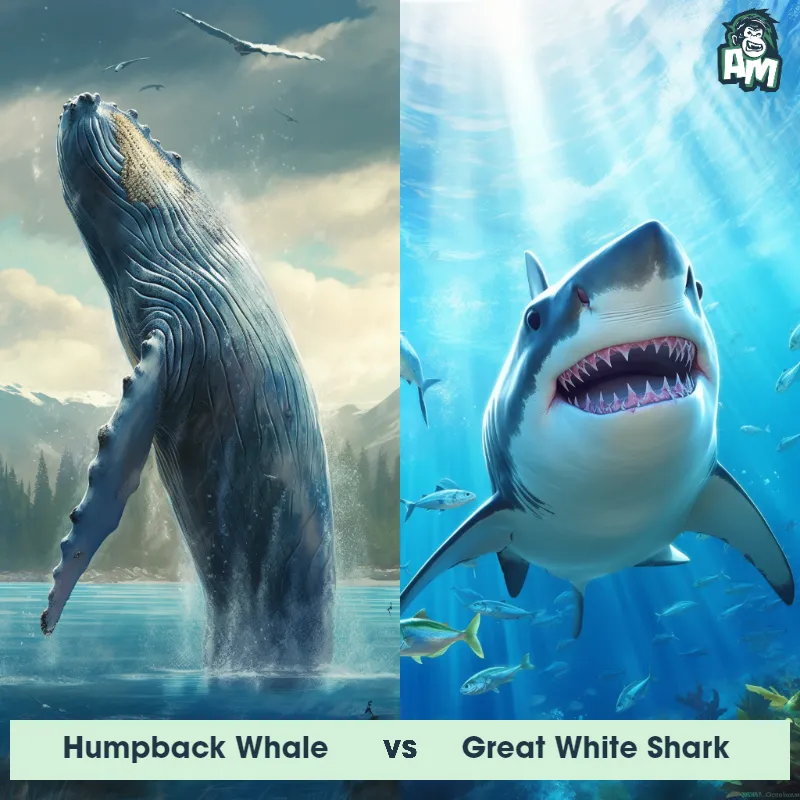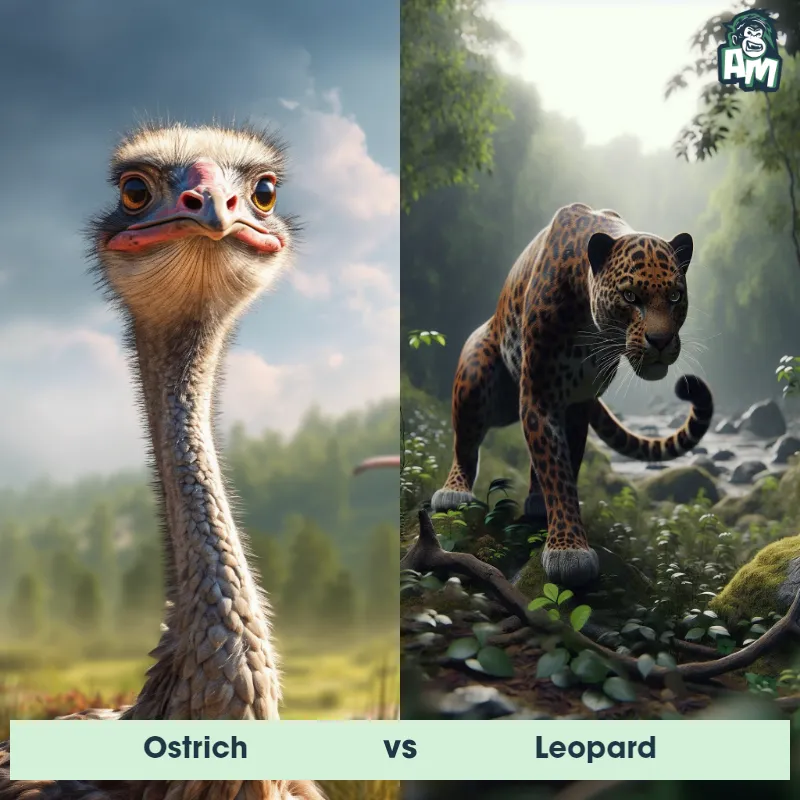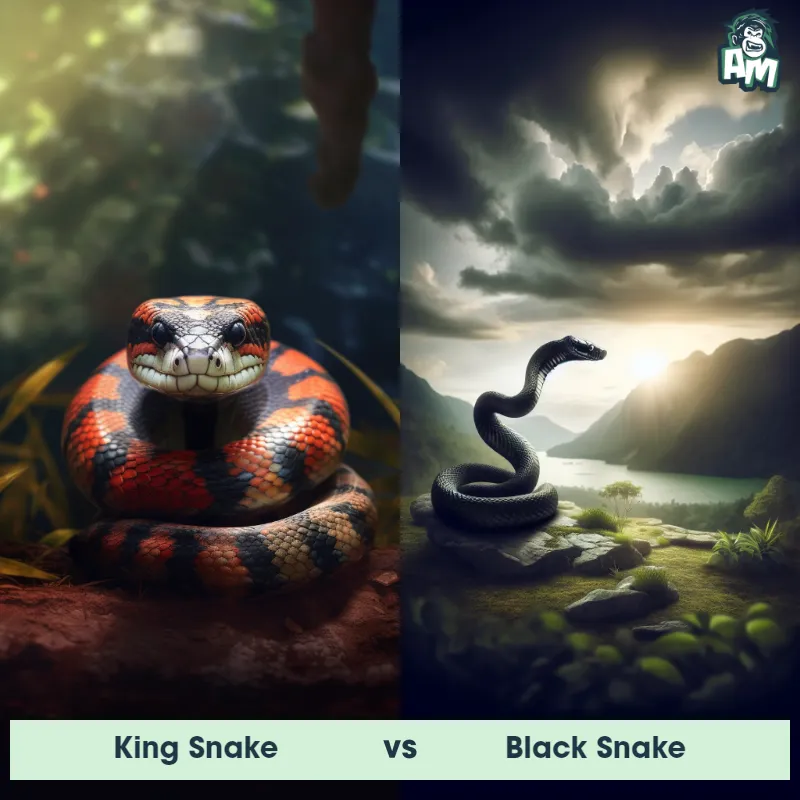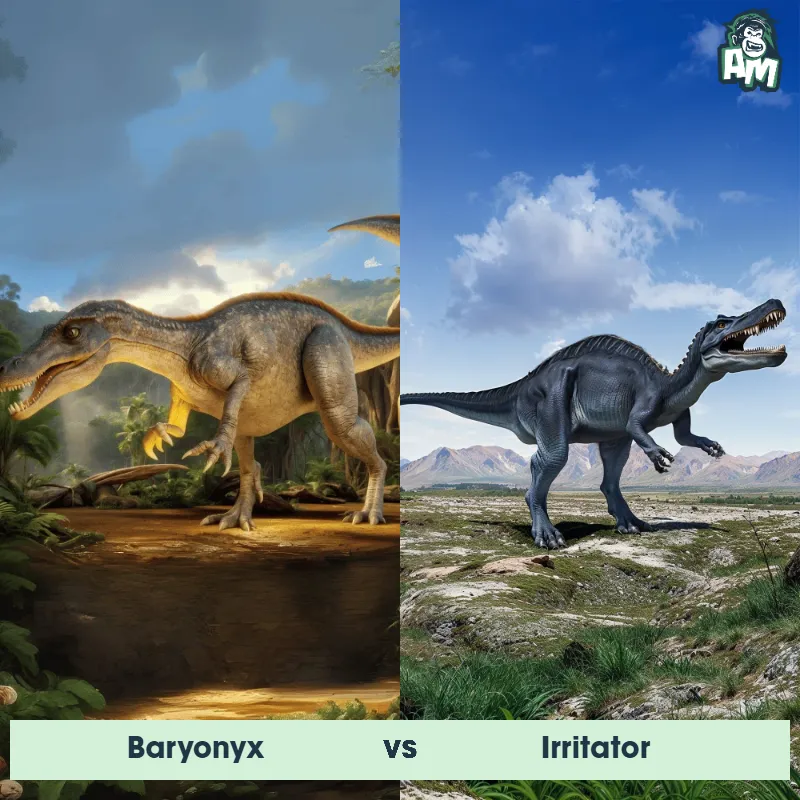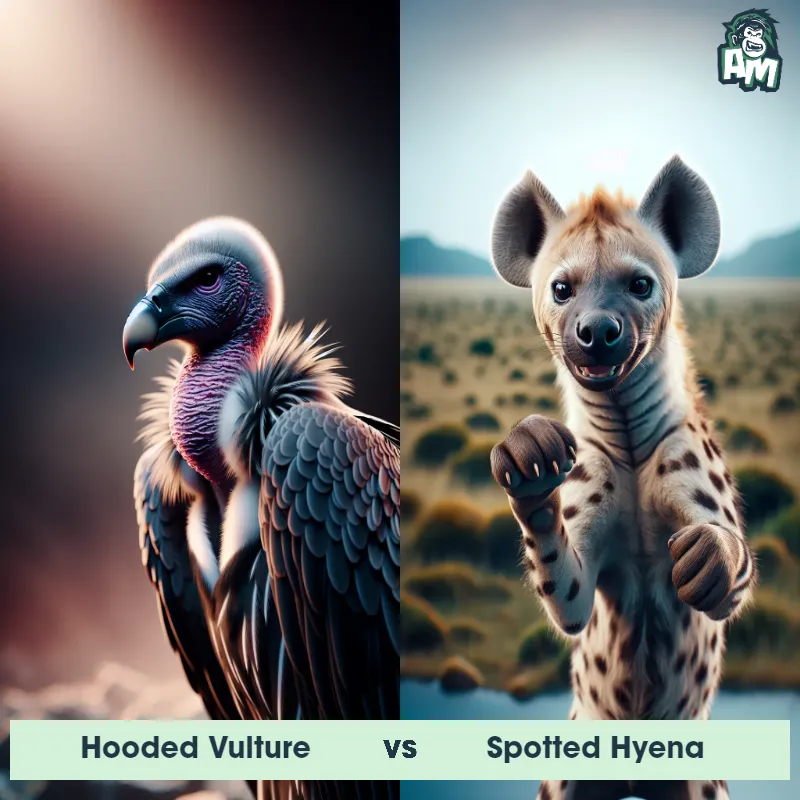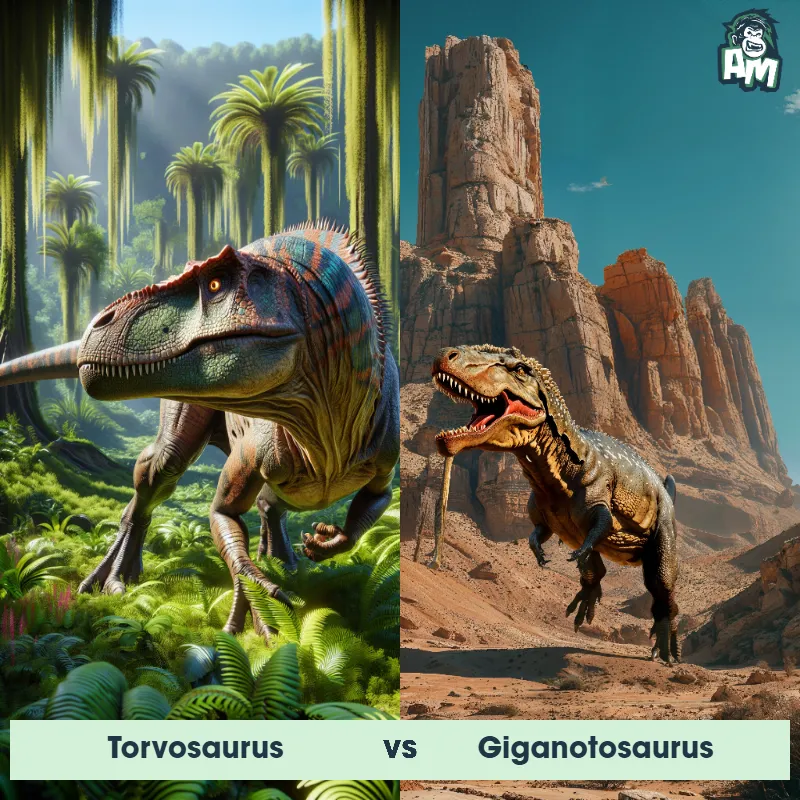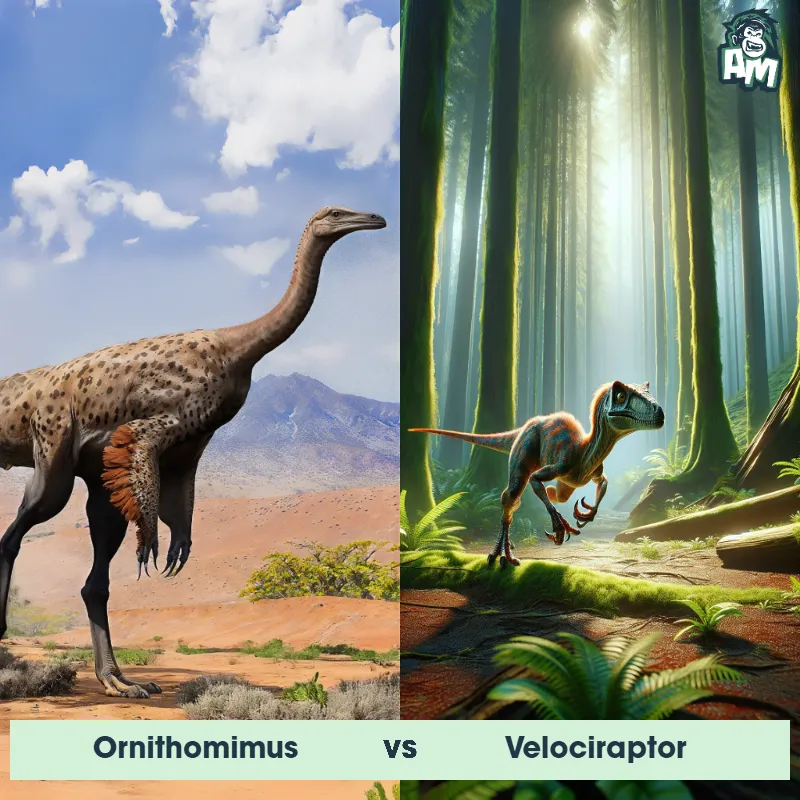Compsognathus vs GallimimusSee Who Wins
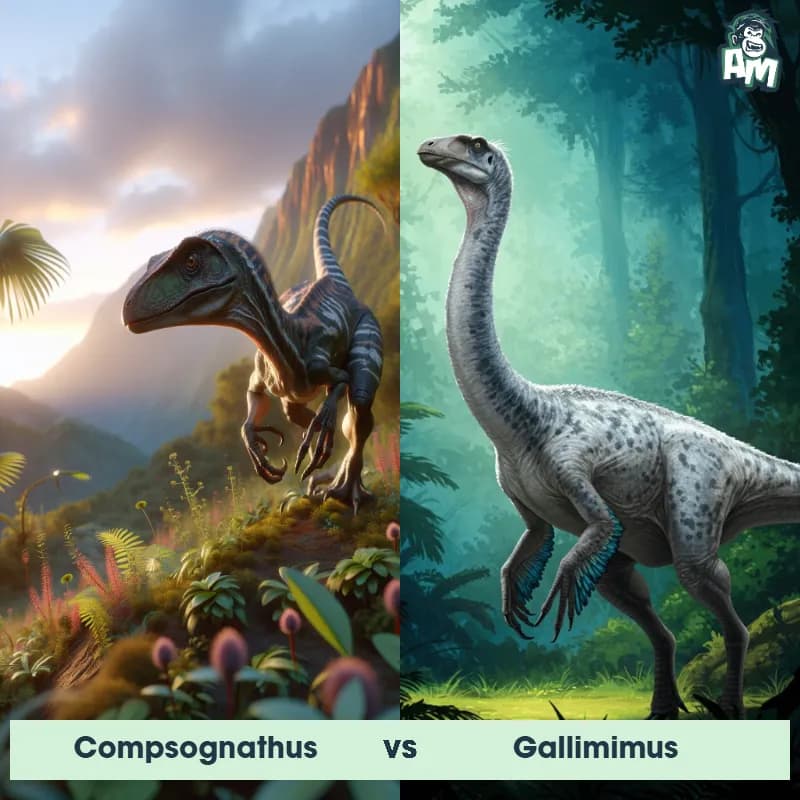
In the left corner, a nimble predator from the Jurassic period, the small but speedy Compsognathus! Facing off in the right corner, the swift-footed herbivore known for its agility, the Gallimimus! Both dinosaurs are ready to showcase their speed and skills in this ultimate prehistoric showdown.
Contender 1: Compsognathus
Compsognathus, also known as the "Tiny Hunter," was a small theropod dinosaur that roamed Europe during the Late Jurassic period. It measured around 3 feet in length and weighed only about 6 pounds. This carnivorous dinosaur had sharp teeth, long legs for quick movements, and was covered in feathers, making it one of the smallest known non-avian dinosaurs.
Fun Fact: Compsognathus is believed to have been one of the fastest dinosaurs of its time, capable of running at speeds of up to 40 miles per hour to catch prey.
Contender 2: Gallimimus
The Gallimimus, also known as the 'chicken mimic,' was a dinosaur that lived during the Late Cretaceous period. It was a fast and agile bipedal dinosaur with a long neck, sleek body, and slender legs. Gallimimus had large eyes, a small head, and a beak-like mouth. It could reach speeds of up to 40 miles per hour, making it one of the fastest dinosaurs.
Fun Fact: The Gallimimus is known for its unique ability to run on two legs, similar to modern birds, which has earned it the nickname 'ostrich dinosaur.'
Matchup Stats
| Compsognathus | Gallimimus | |
|---|---|---|
| Size | 3 feet (0.9 meters) | 6 feet tall (1.8 meters) |
| Weight | 6 pounds (2.7 kilograms) | 500 pounds (227 kilograms) |
| Speed | 23 mph (37 km/h) | 50mph (80km/h) |
| Key Strength | Speed and agility | Speed and agility |
| Biggest Weakness | Lack of size and strength | Lack of physical weapons |
Current Votes
Compsognathus vs Gallimimus
See Who Wins
View More Matches
Looking For More?
Similar Matches
Scientific Stats
| Compsognathus | Gallimimus | |
|---|---|---|
| Scientific Name | Compsognathus | Gallimimus |
| Family | Compsognathidae | Ornithomimidae |
| Habitat | Woodlands | Open plains |
| Geography | Europe | Mongolia |
| Diet | Carnivorous | Omnivorous |
| Lifespan | 12 years - 15 years | 30 years - 40 years |
Key Differences between Compsognathus and Gallimimus
- Size: Compsognathus was significantly smaller, measuring about 1 meter in length, whereas Gallimimus reached lengths of up to 6 meters.
- Neck: Compsognathus had a shorter neck in comparison to Gallimimus, which possessed a much longer neck, aiding in its foraging abilities.
- Tail: Both had long tails, but Gallimimus exhibited a more flexible, longer tail compared to the stiffer, shorter tail of Compsognathus.
- Build: Compsognathus had a slender, lightweight build, while Gallimimus was more robust and heavily built.
- Limbs: Compsognathus had relatively long hind limbs in comparison to its body size, whereas Gallimimus had much longer and powerful legs adapted for speed.
- Head: Compsognathus had a small head with a long snout, whereas Gallimimus had a proportionately small head with a more beak-like mouth.



